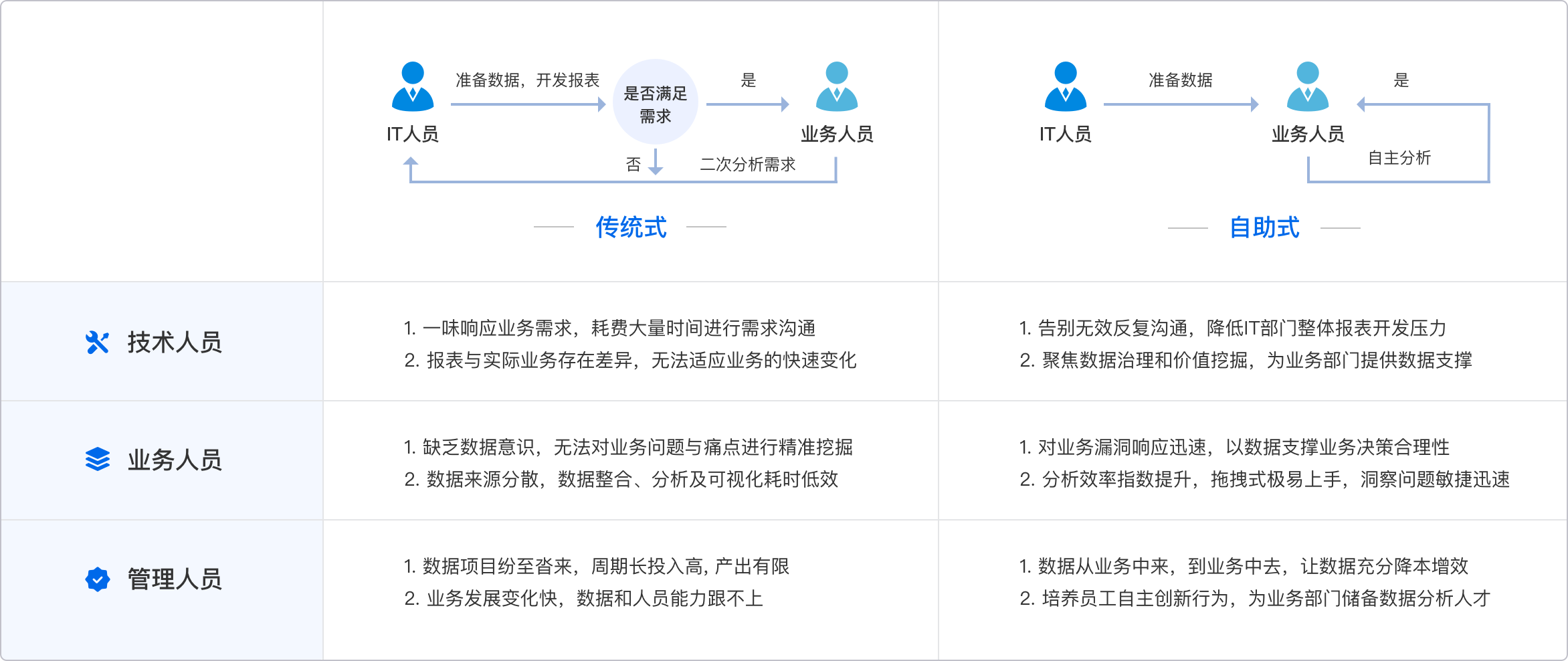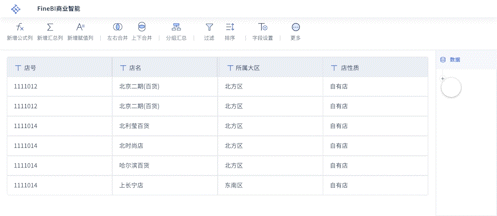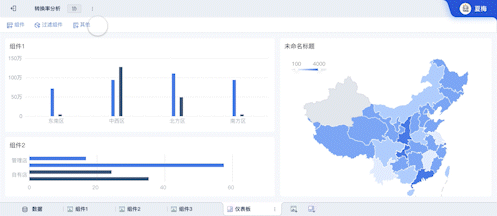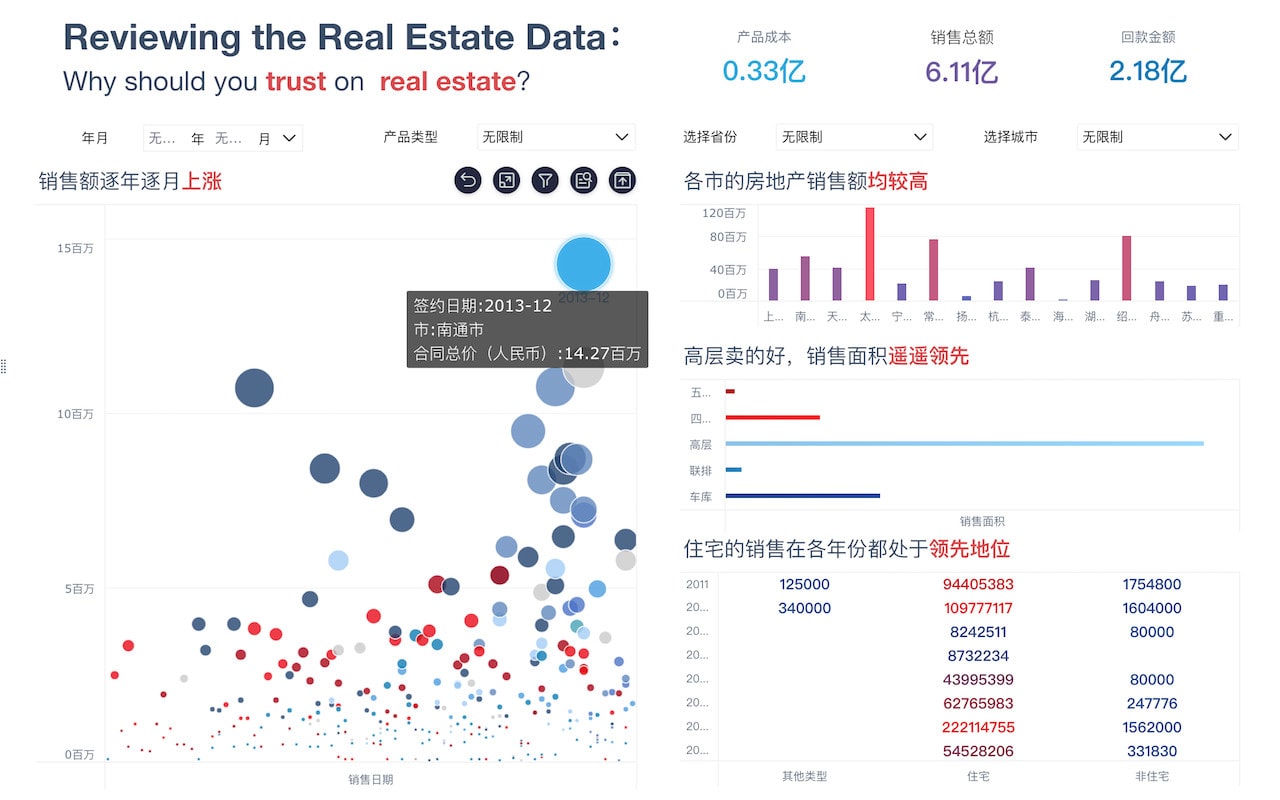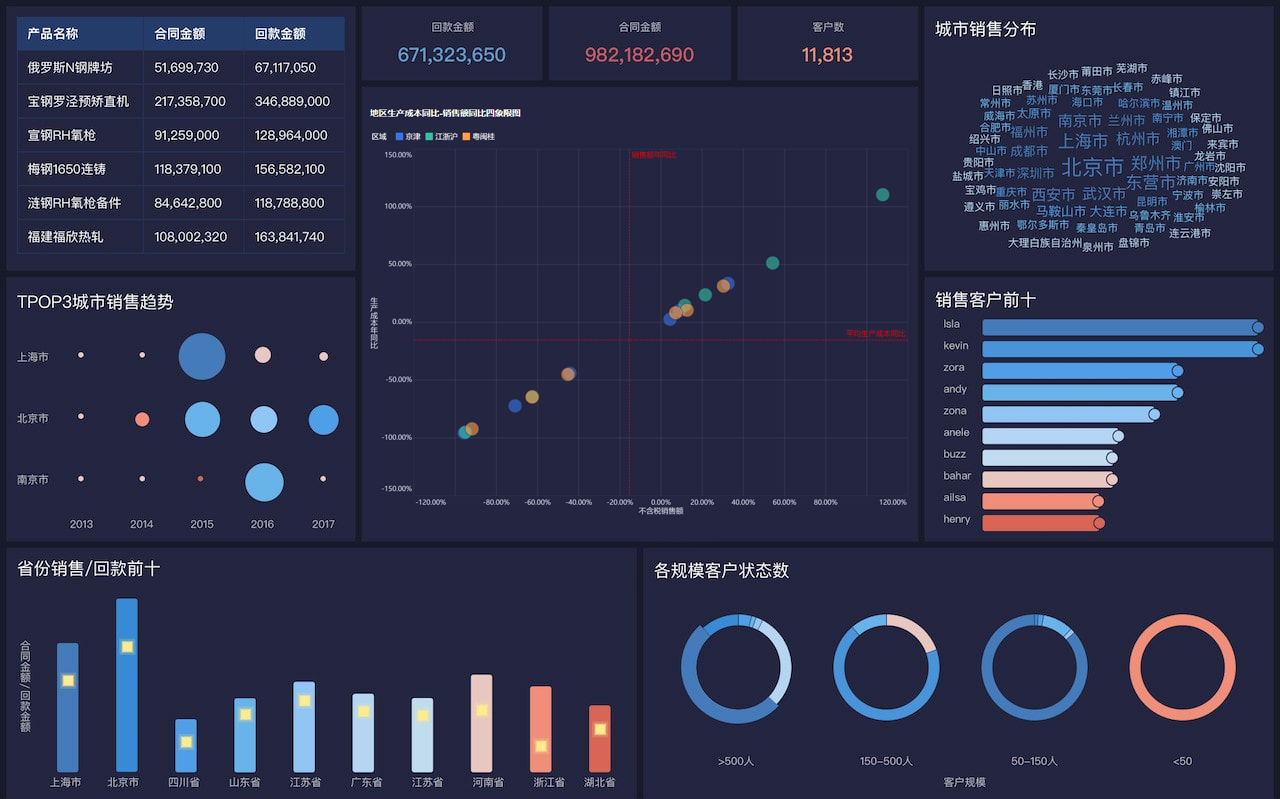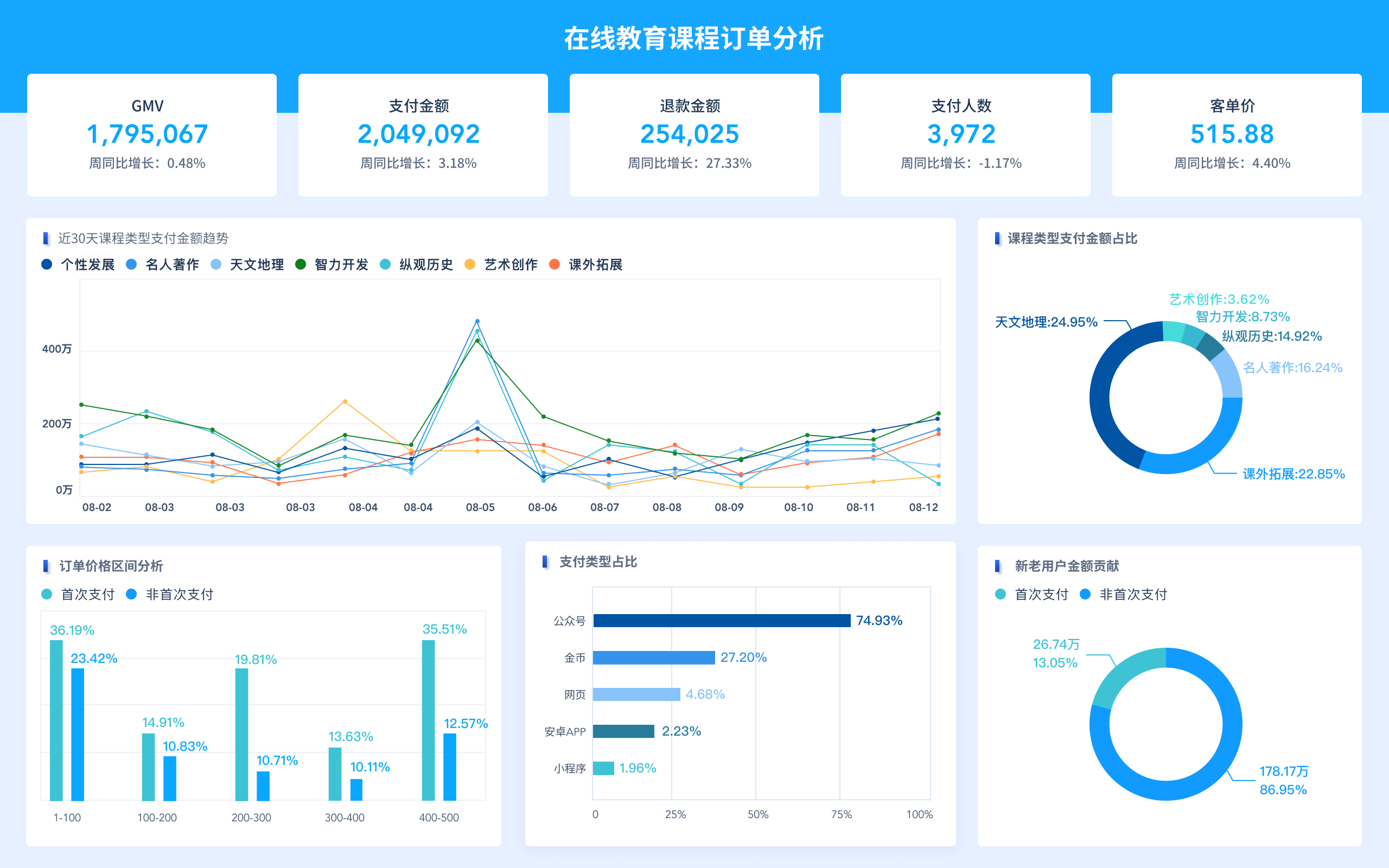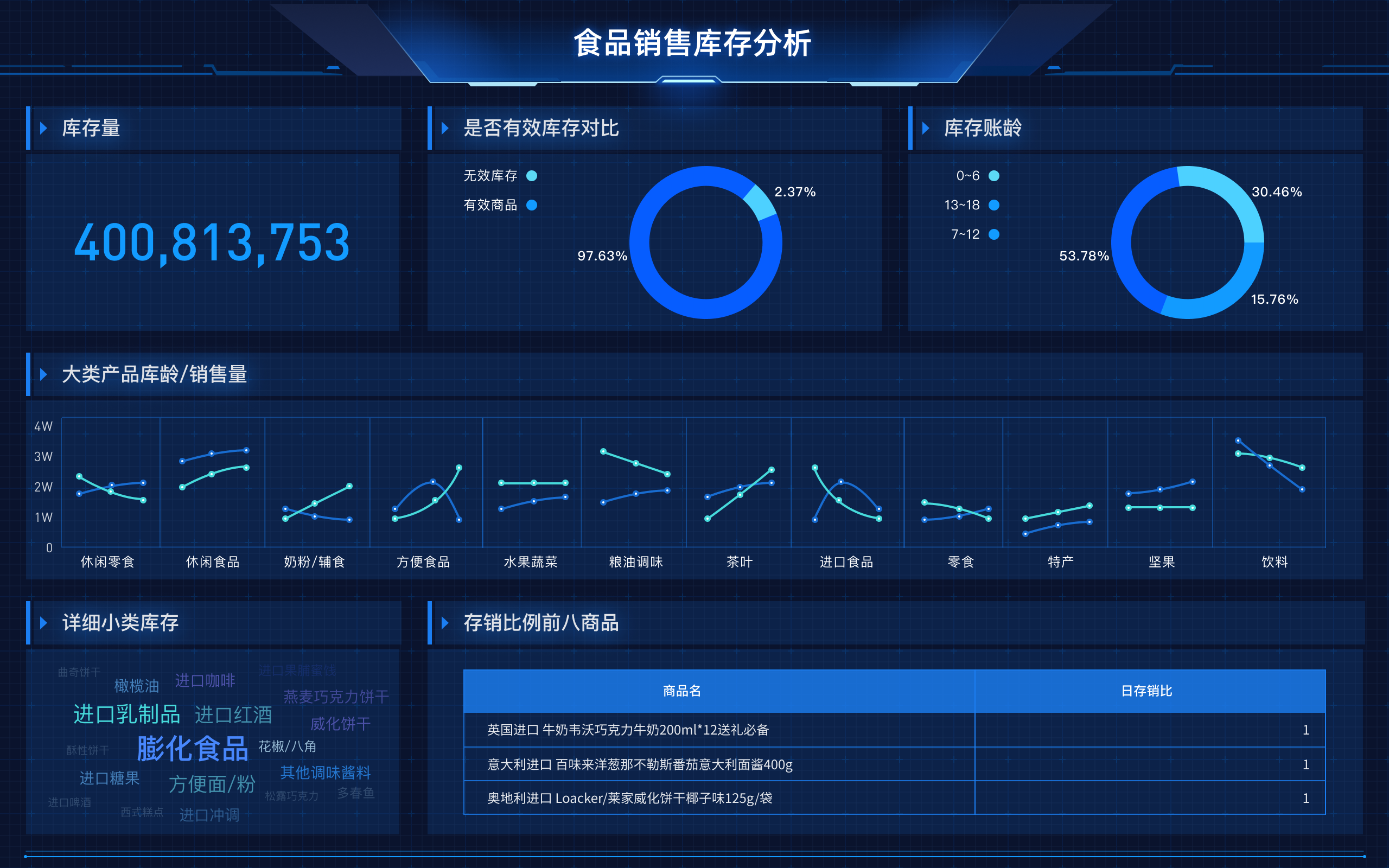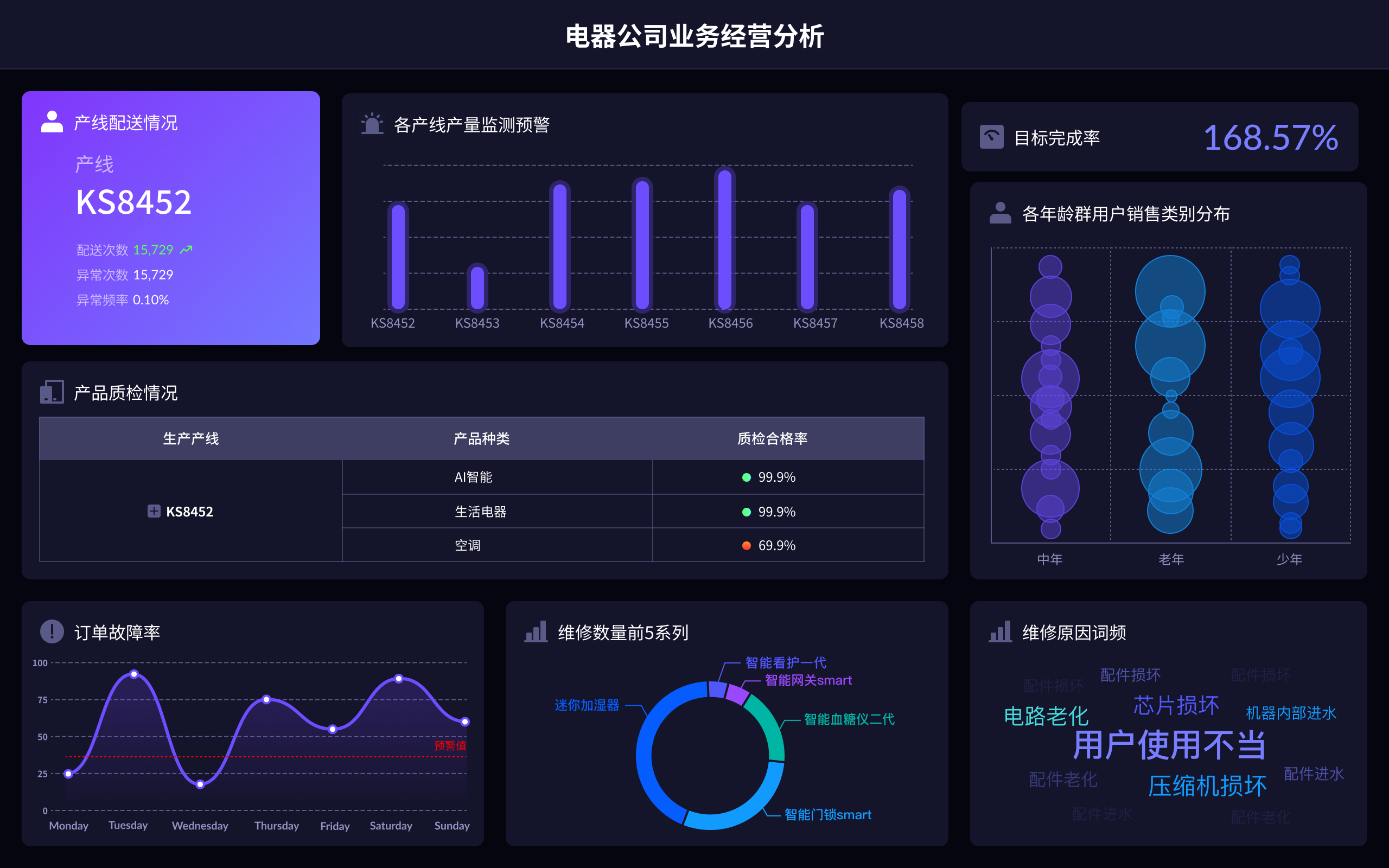
Safety Big Data Analysis
Safety Big Data Analysis, also known as security big data analytics, involves the use of advanced analytical methods and technologies to analyze vast amounts of data for the purpose of enhancing safety measures, identifying potential threats, and preventing security breaches. One key aspect of safety big data analysis is its ability to process and analyze data in real-time, allowing organizations to quickly respond to emerging risks. For instance, FineBI is a robust business intelligence tool that can be used to perform comprehensive data analysis and visualization, making it easier for organizations to monitor and manage safety-related data. Real-time monitoring, predictive analytics, comprehensive reporting are integral parts of safety big data analysis. Real-time monitoring enables organizations to detect anomalies and potential threats as they occur, thus facilitating immediate action to mitigate risks.
一、REAL-TIME MONITORING
Real-time monitoring involves continuously tracking and analyzing data as it is generated, providing organizations with up-to-the-minute insights into their security posture. This capability is crucial for identifying and responding to threats as they arise. FineBI excels in this area by offering powerful real-time data processing and visualization features. For example, a manufacturing plant can use FineBI to monitor machinery performance data in real-time, detecting any irregularities that may indicate a potential malfunction or safety hazard. By doing so, they can take proactive measures to address the issue before it escalates into a more serious problem. This not only enhances safety but also helps in minimizing downtime and maintaining operational efficiency.
二、PREDICTIVE ANALYTICS
Predictive analytics leverages historical data to forecast future events and trends, allowing organizations to anticipate potential risks and take preventive actions. By analyzing patterns and trends in historical data, predictive analytics can identify potential threats and vulnerabilities before they materialize. FineBI’s advanced analytical capabilities enable organizations to perform in-depth predictive analysis, helping them to identify and mitigate risks. For example, in the context of cybersecurity, predictive analytics can be used to identify patterns of behavior that may indicate an impending cyber attack. By recognizing these patterns early, organizations can strengthen their defenses and prevent security breaches.
三、COMPREHENSIVE REPORTING
Comprehensive reporting is essential for providing a clear and detailed overview of an organization’s safety and security status. This includes generating reports on incident trends, risk assessments, and compliance with safety regulations. FineBI offers robust reporting features that enable organizations to create detailed and customizable reports. These reports can be used to inform decision-makers, track progress towards safety goals, and ensure compliance with relevant regulations. For example, a healthcare organization can use FineBI to generate reports on patient safety incidents, helping them to identify areas for improvement and implement corrective actions.
四、DATA INTEGRATION
Data integration involves consolidating data from multiple sources to provide a unified view of an organization’s safety and security landscape. This is particularly important for organizations that operate in complex environments with multiple data sources. FineBI supports seamless data integration, enabling organizations to bring together data from various systems and platforms. By doing so, they can gain a comprehensive understanding of their safety and security posture. For example, a transportation company can integrate data from GPS tracking systems, vehicle sensors, and driver logs to monitor fleet safety and performance. This integrated approach allows them to identify potential safety risks and take corrective actions promptly.
五、VISUALIZATION
Visualization is a powerful tool for making complex data more accessible and understandable. By presenting data in graphical formats such as charts, graphs, and dashboards, organizations can quickly grasp key insights and trends. FineBI offers a wide range of visualization options, enabling organizations to create intuitive and interactive dashboards. These visualizations can be used to monitor safety metrics, track incident reports, and identify emerging risks. For example, a construction company can use FineBI’s visualization capabilities to create a dashboard that displays real-time data on site safety, including the number of incidents, safety compliance rates, and worker training status. This enables them to monitor safety performance at a glance and take immediate action to address any issues.
六、MACHINE LEARNING
Machine learning is a subset of artificial intelligence that involves the use of algorithms to analyze data and make predictions. In the context of safety big data analysis, machine learning can be used to identify patterns and anomalies that may indicate potential risks. FineBI supports the integration of machine learning models, enabling organizations to enhance their analytical capabilities. For example, a financial institution can use machine learning to analyze transaction data and detect fraudulent activities. By identifying suspicious patterns early, they can take preventive measures to protect their customers and minimize financial losses.
七、COMPLIANCE MANAGEMENT
Compliance management is essential for ensuring that organizations adhere to relevant safety and security regulations. This involves monitoring compliance with industry standards, conducting risk assessments, and implementing corrective actions. FineBI provides comprehensive tools for compliance management, enabling organizations to track and report on their compliance status. For example, a pharmaceutical company can use FineBI to monitor compliance with Good Manufacturing Practices (GMP) and ensure that their products meet regulatory standards. By doing so, they can minimize the risk of regulatory violations and maintain the trust of their customers.
八、RISK ASSESSMENT
Risk assessment involves identifying, evaluating, and prioritizing potential risks to an organization. This process is crucial for developing effective risk management strategies and ensuring the safety and security of an organization. FineBI offers powerful risk assessment tools that enable organizations to analyze data and identify potential risks. For example, an energy company can use FineBI to assess the risks associated with their operations, such as equipment failures, environmental hazards, and cyber threats. By identifying these risks, they can develop strategies to mitigate them and enhance their overall safety and security posture.
九、COLLABORATION
Collaboration is essential for effective safety and security management. This involves sharing information and insights across different departments and teams to ensure a coordinated approach to risk management. FineBI supports collaboration by providing a platform for data sharing and communication. For example, a retail company can use FineBI to share safety data with their store managers, enabling them to identify and address potential risks at the store level. By fostering collaboration, organizations can enhance their overall safety and security efforts.
十、CONTINUOUS IMPROVEMENT
Continuous improvement is a key principle of safety and security management. This involves regularly reviewing and updating safety and security measures to ensure that they remain effective. FineBI supports continuous improvement by providing tools for monitoring and analyzing safety performance. For example, a logistics company can use FineBI to track their safety performance over time and identify areas for improvement. By doing so, they can implement corrective actions and continuously enhance their safety and security measures.
For more information about FineBI and its capabilities in safety big data analysis, you can visit the official website: https://s.fanruan.com/f459r;.
相关问答FAQs:
1. 什么是安全大数据分析?
安全大数据分析是指利用大数据技术和工具来分析网络安全领域中的海量数据,以发现潜在的网络安全威胁、异常行为以及漏洞。通过对网络流量、日志数据、用户行为等大规模数据的收集、存储、处理和分析,安全大数据分析可以帮助组织及时发现并应对各种网络安全威胁,提高网络安全的防御能力。
2. 安全大数据分析的重要性是什么?
安全大数据分析在当前复杂多变的网络安全环境下变得越发重要。随着云计算、物联网、移动互联网等技术的广泛应用,网络攻击手段也日益复杂和隐蔽。传统的安全防护手段已经无法满足对抗各种高级威胁的需求,安全大数据分析能够帮助企业更好地了解自身的网络环境,及时发现并预防潜在的网络安全威胁,保障信息系统的安全稳定运行。
3. 如何进行安全大数据分析?
进行安全大数据分析需要经过以下几个步骤:首先是数据采集,通过部署安全设备、代理程序等方式收集网络流量、系统日志、应用程序日志等数据;其次是数据存储,将采集到的大数据存储在适当的存储系统中,如分布式文件系统、数据库等;然后是数据处理,使用大数据处理技术如Hadoop、Spark等进行数据清洗、转换、聚合等操作;接着是数据分析,通过数据挖掘、机器学习等技术对数据进行分析,发现潜在的网络安全威胁;最后是结果应用,将分析结果应用到安全决策、告警监控、安全策略优化等方面,提升网络安全的整体水平。
本文内容通过AI工具匹配关键字智能整合而成,仅供参考,帆软不对内容的真实、准确或完整作任何形式的承诺。具体产品功能请以帆软官方帮助文档为准,或联系您的对接销售进行咨询。如有其他问题,您可以通过联系blog@fanruan.com进行反馈,帆软收到您的反馈后将及时答复和处理。


